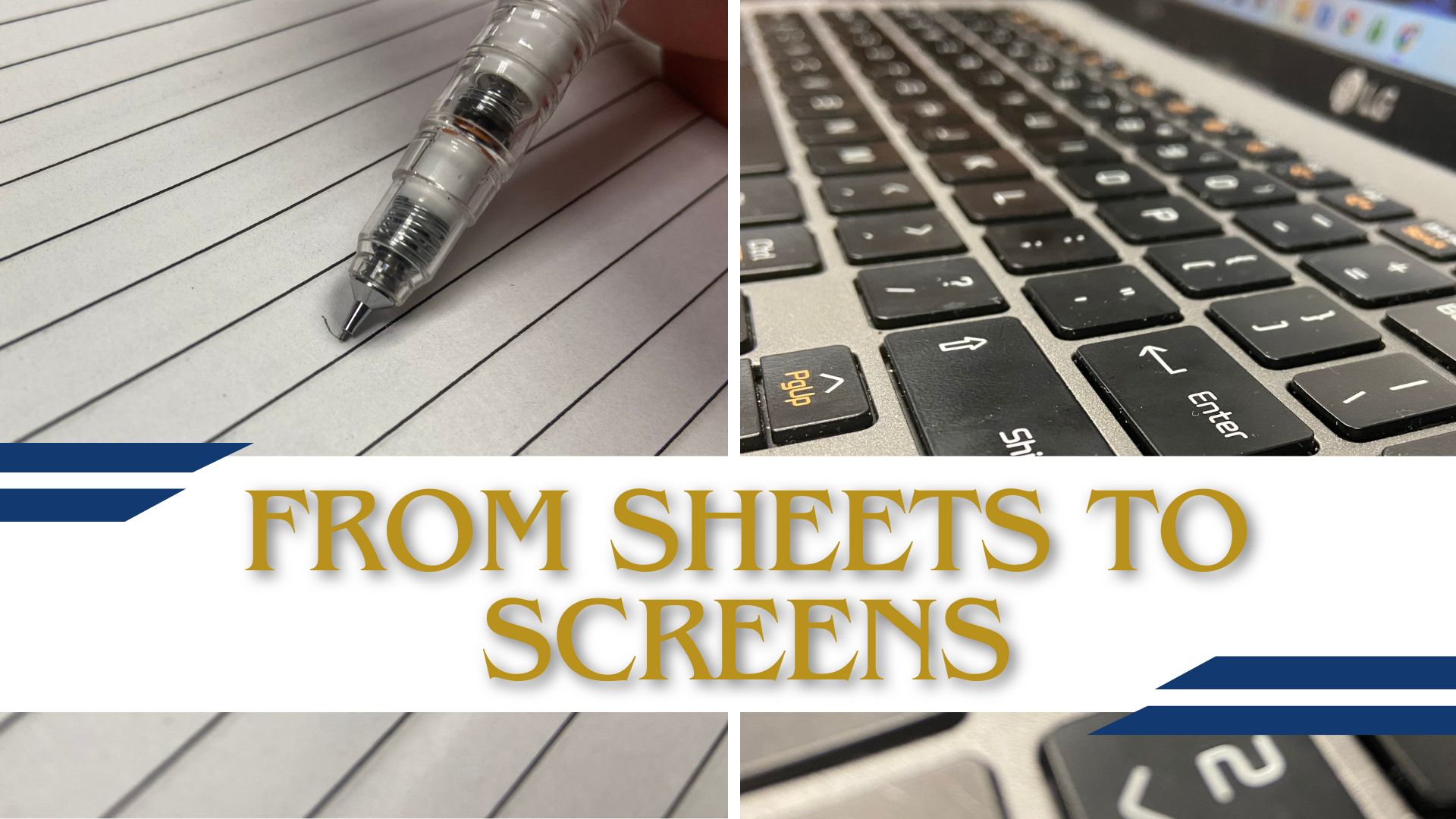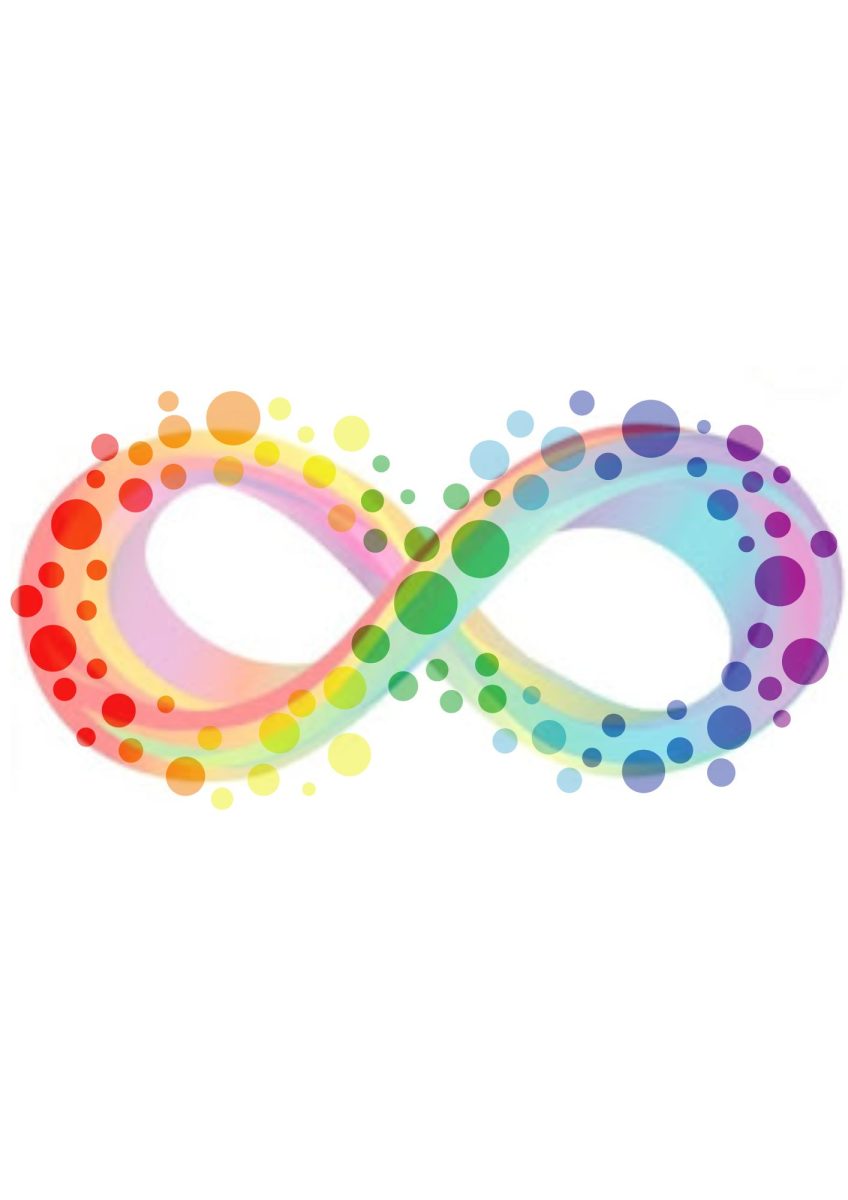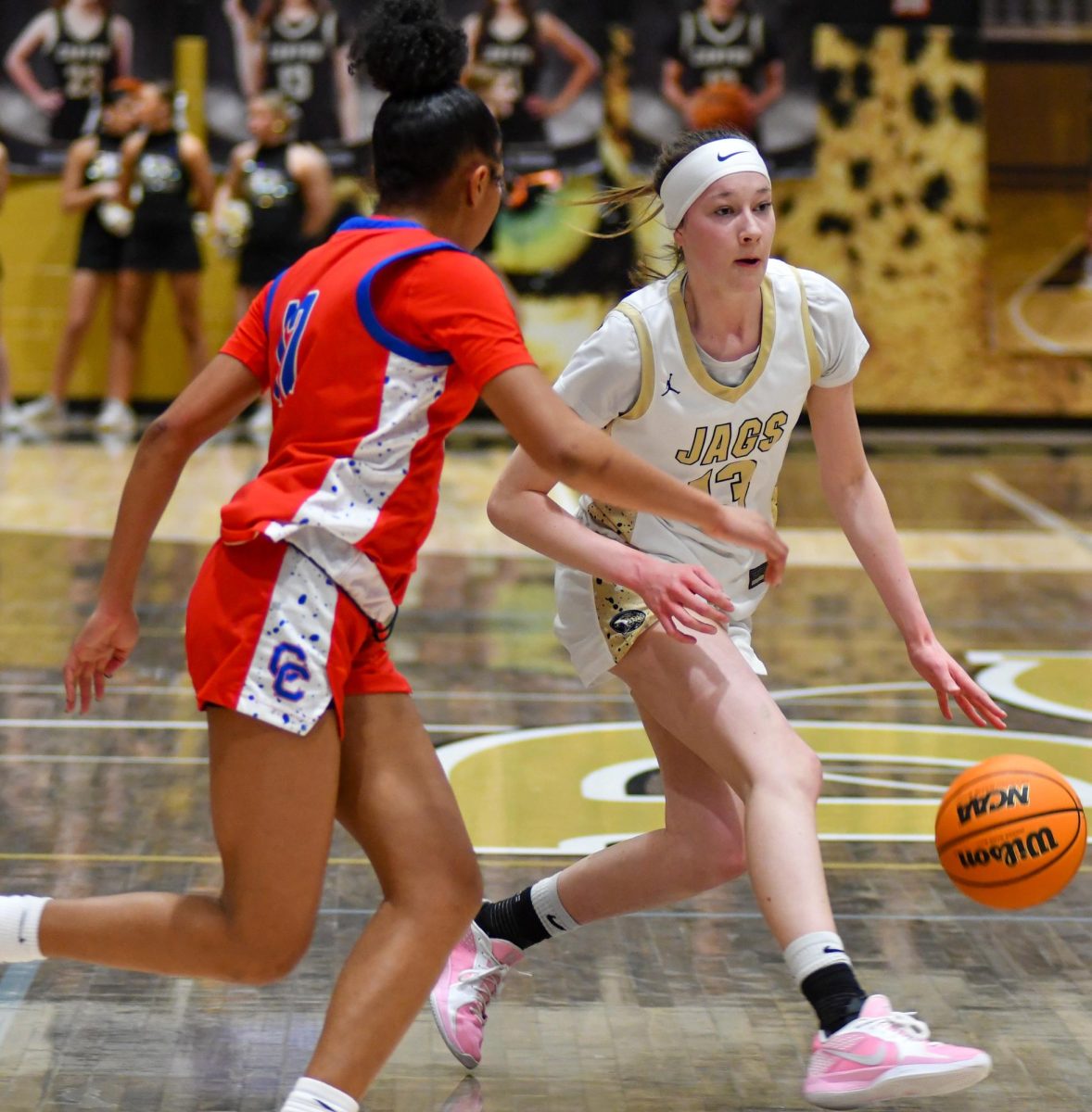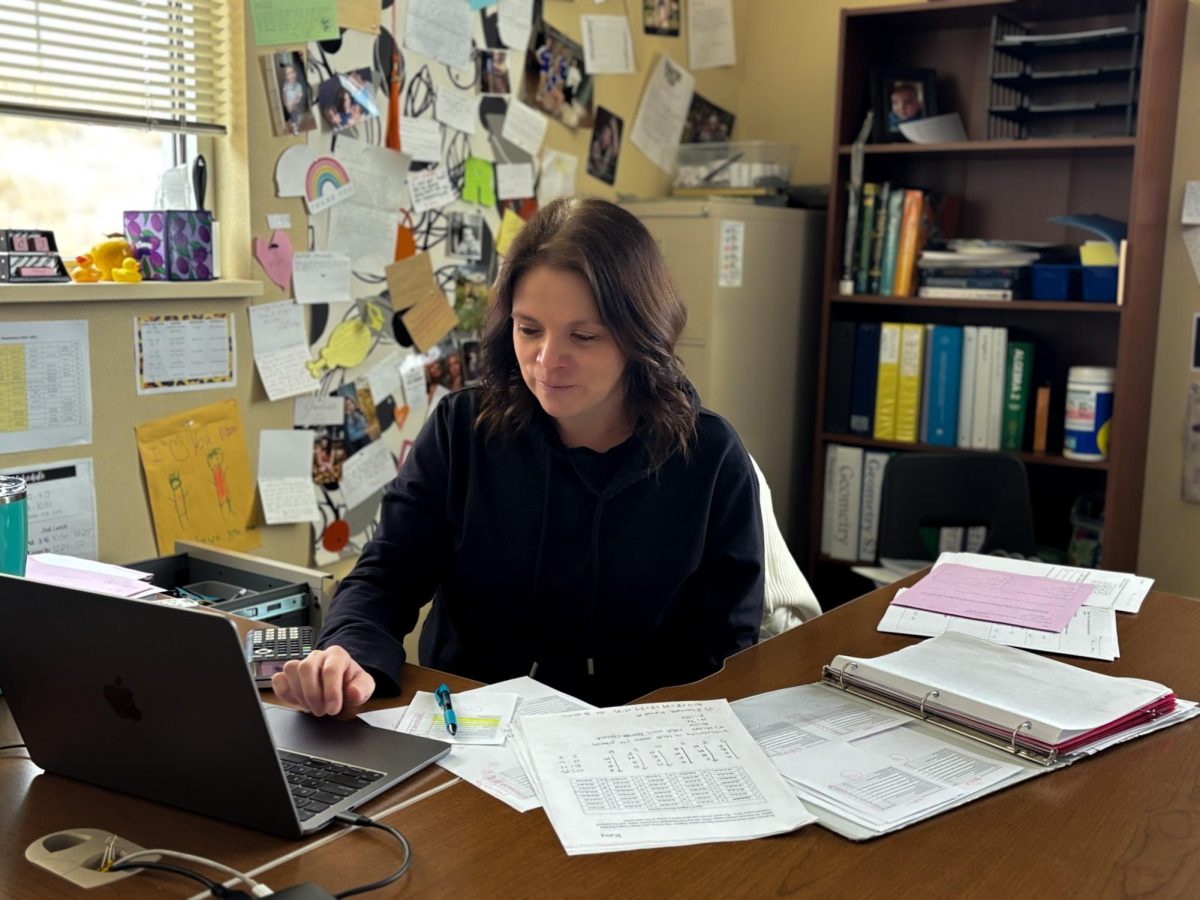As the school year progresses, students face many academic responsibilities. Homework, tests and projects are all added to the to-doist. At one point in time, these tasks may have mostly been completed traditionally, with paper and pen. Recently, however, a shift to a different kind of learning has been taking place.
Pencils are switched out for keyboards and notebooks are traded for computers. Many students are now using a newer style of education over an older one. Digital learning has become increasingly relied upon, and its rise in popularity was sparked by an event that had an impact on schools everywhere: the global COVID-19 pandemic.
Education establishments being temporarily closed resulted in years of online learning for students. Away from school, they then relied on digital devices to receive online education.
According to “What researchers learned about online higher education during the pandemic,” the number of papers presented at the 2022 meeting of the American Educational Resource Association with the word “online” in the title increased by 50 percent, jumping from the previous year’s number of 158 to 236.
An increase in digital activity derived from the pandemic has further pushed students to continue their education much more through electronic means. Notes are taken using computers, and assignments are completed online.
Asmi Patil ‘26 is one of the students who does her homework digitally instead of on paper.
“I prefer doing [homework] digitally, because one, if it’s a long assignment, it takes a lot more time handwriting it,” Patil said. “And also, I feel like it’s just faster digitally, because I can type fast, and it also doesn’t waste space or trees.”
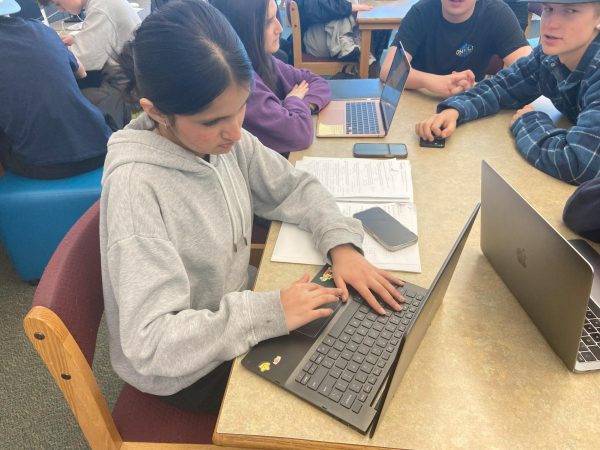
Environmental benefits that come along with an increased use of digital technology are worth considering when weighing the two different types of education together. Compared to traditional learning, digital learning allows for much less paper consumption.
According to “Environmental Benefits of Online Learning,” 55 to 100 million trees are cut down in order to supply the paper that goes into schools and classrooms, while only 53 percent of said paper is actually recycled.
However, some members of the educational community believe that traditional methods of learning should still be preserved.
Doreen Smith is a social studies teacher, and she chooses to keep a majority of her assignments in the traditional format.
“I prefer giving [students] paper. Paper is more tactile, so I think that’s important. I also like that it’s in their own handwriting,” Smith said. “I think that it creates less opportunity for students to Google what they think the answer is, to cut and paste from anybody else, so I always prefer paper rather than digital.”
The emergence of increased online learning can sometimes push students to rely on less justifiable ways to complete work. Finishing an assignment using a computer allows students to find answers much more easily than if it were on paper. Cheating, copying, and other dishonest methods of learning have increased along with digital education.
Instead of excluding one method of education or the other, some teachers find that integrating both traditional and digital learning in the classroom can be advantageous for students.
Science teacher Jenny Wills often formats her assignments as a mix of both digital and paperwork.
“[I prefer] trying to do a mix. I feel like that helps give [students] opportunities to collaborate online but also keep it from being too redundant every day of using online tools,” Wills said. “I think some activities are more accessible online and some are more accessible on paper, it just kind of depends on what we’re doing.”
Despite the movement towards online learning, a reasonable balance between digital education and traditional education is exercised within the school. An Instagram poll showed that 59% of students preferred doing homework online, while the other 41% chose paper.
To this day, both types of learning are still used in education, and students will likely undergo situations in which they must use the two together.
“I try to do some assessments online and some on paper, because for the AP test, right now, it’s still on paper, but for the SAT test, they do it online, so it’s helping you apply what you know in different settings,” Wills said.


